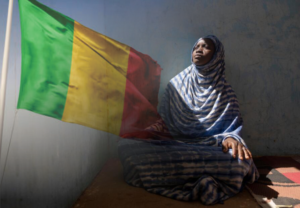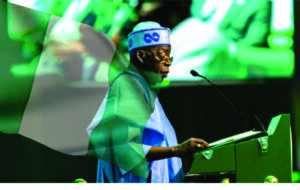South Africa, Morocco Lead Africa’s Vehicle Production, According to Latest Data
Automobile leading-frontline by Johannesburg and Rabat in Africa, corridors South Africa and Morocco’s reaffirmation of their dominance in Africa’s automotive sector, producing nearly 1.2 million vehicles combined in 2024, according to fresh figures released by the International Organisation of Motor Vehicle Manufacturers (OICA).
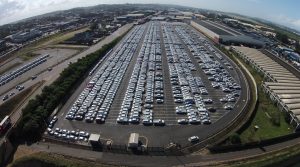
South Africa led the continent with 599,755 vehicles, despite a 5 percent year-on-year decline that placed it 20th globally. Morocco followed closely with 559,645 units, marking a 5 percent increase and climbing to 23rd place worldwide. Together, the two nations account for over 90 percent of Africa’s total vehicle output, underscoring their strategic importance in shaping the continent’s industrial growth and trade outlook.
The economic frameworks and trade headwinds for the automotive sector, is a linchpin of industrial policy in both economies, linking global value chains with domestic employment and investment. In South Africa, the Automotive Production and Development Programme (APDP) has long anchored foreign direct investment from manufacturers such as Toyota, Ford, and Volkswagen. Morocco, meanwhile, has leveraged special economic zones, lower labor costs, and proximity to Europe to become a rising hub, with Renault and Stellantis driving record production and exports.
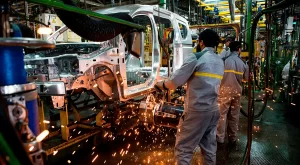
Yet, challenges persist. South Africa’s decline reflects weakening domestic demand, energy supply disruptions, and new international headwinds. U.S. tariffs on vehicle imports, imposed by President Donald Trump in 2025, threaten South Africa’s trade balance and its preferential access under the African Growth and Opportunity Act (AGOA). Analysts warn that if the trade dispute intensifies, South Africa’s auto exports, which is valued at over $12 billion annually, could face sharp declines.
The regional actors and competition in some part of Africa, sees countries such as Egypt, Kenya and Ghana are attempting to scale up assembly plants under new industrialization drives. Though they remain far behind the continent’s leaders. Morocco’s recent growth highlights shifting competitive dynamics; its EU-linked trade agreements and logistics corridors, position it as a direct rival to South Africa for both European and Middle Eastern markets.
“The trajectory shows Morocco steadily eating into South Africa’s traditional dominance,” said a trade economist in Casablanca. “If regional integration under the African Continental Free Trade Area (AfCFTA) gains momentum, the center of gravity in Africa’s car industry could tilt northward.”
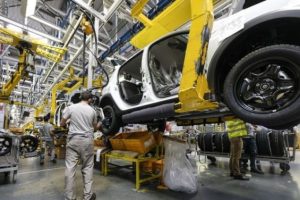
The humanitarian and social dimensions go beyond trade. The sector carries heavy social weight also. South Africa’s auto industry employs nearly 500,000 workers directly and indirectly, while Morocco’s employs around 220,000. Both governments face pressure to sustain these jobs amid global supply chain disruptions, the shift to electric vehicles, and competition from Asian and European producers.
“The automotive industry is not just about exports, it’s also about livelihoods,” said an industry union leader in Pretoria. “Any shock to production or trade agreements immediately ripples through families and communities.”
While South Africa remains Africa’s largest producer, Morocco’s momentum suggests a narrowing gap. The balance will depend on how each country adapts to global trends, including electrification, regional supply chains, and geopolitical trade tensions.
For now, the latest OICA data confirms a two-speed Africa: a continent where two countries dominate production while the rest scramble to catch up, shaping not only the future of African industry but its role in the global automotive economy.







